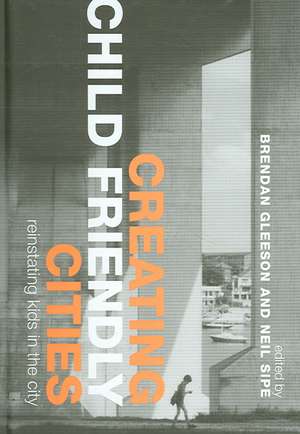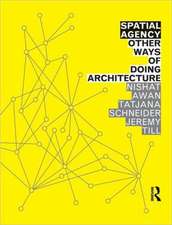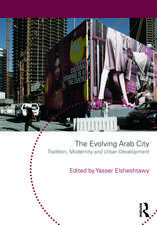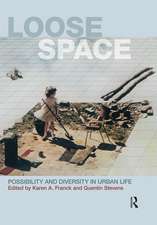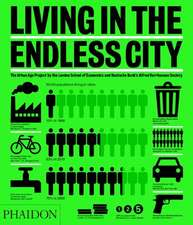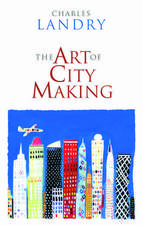Creating Child Friendly Cities: Reinstating Kids in the City
Editat de Brendan Gleeson, Neil Sipeen Limba Engleză Hardback – 10 aug 2006
| Toate formatele și edițiile | Preț | Express |
|---|---|---|
| Paperback (1) | 481.05 lei 6-8 săpt. | |
| Taylor & Francis – 13 iul 2012 | 481.05 lei 6-8 săpt. | |
| Hardback (1) | 1215.55 lei 6-8 săpt. | |
| Taylor & Francis – 10 aug 2006 | 1215.55 lei 6-8 săpt. |
Preț: 1215.55 lei
Preț vechi: 1482.38 lei
-18% Nou
Puncte Express: 1823
Preț estimativ în valută:
232.59€ • 243.50$ • 192.46£
232.59€ • 243.50$ • 192.46£
Carte tipărită la comandă
Livrare economică 05-19 aprilie
Preluare comenzi: 021 569.72.76
Specificații
ISBN-13: 9780415391603
ISBN-10: 0415391601
Pagini: 176
Ilustrații: 6 tables, 30 halftones and 20 line drawings
Dimensiuni: 156 x 234 x 14 mm
Greutate: 0.38 kg
Ediția:1
Editura: Taylor & Francis
Colecția Routledge
Locul publicării:Oxford, United Kingdom
ISBN-10: 0415391601
Pagini: 176
Ilustrații: 6 tables, 30 halftones and 20 line drawings
Dimensiuni: 156 x 234 x 14 mm
Greutate: 0.38 kg
Ediția:1
Editura: Taylor & Francis
Colecția Routledge
Locul publicării:Oxford, United Kingdom
Public țintă
Postgraduate and ProfessionalNotă biografică
Brendan Gleeson is Director of the Urban Research Program at Griffith University, Brisbane. Before joining Griffith he was Deputy Director of the Urban Frontiers Program at the University of Western Sydney. His research interests include urban planning and governance, urban social policy, disability studies, and environmental theory and policy.
Neil Sipe is Head of the Environmental Planning School at Griffith University and is an experienced urban researcher who has worked in North America and Australia. He has an extensive teaching record in the field of transport planning and in recent research has been the first Australian scholar to propose methods for defining and mapping transport exclusion.
Neil Sipe is Head of the Environmental Planning School at Griffith University and is an experienced urban researcher who has worked in North America and Australia. He has an extensive teaching record in the field of transport planning and in recent research has been the first Australian scholar to propose methods for defining and mapping transport exclusion.
Cuprins
1. Creating Child Friendly Cities: Historical Perspectives, Future Prospects Part 1: The Policy Context 2. Child Friendly Cities: International Debates and Prospects for a National Framework of Action 3. Future Shapers: Planning Policy for Children and Young People 4. Social Policy and Urban Children: Learnings from the Pathways Project in Brisbane 5. Youth-friendly Cities or Cities for Angry Young People? Inclusive Urban Policy Frameworks that Engage Youth Part 2: Programs for Change 6. Children’s Health and the City: New Concerns, New Responses 7. Children in the Intensifying City: Lessons from Auckland’s Walking School Buses 8. Overcoming Social Traps: A Key to Creating Child-friendly Cities 9. Reflections on What Developers Can Do for
Urban Children 10. Child Friendly Cities: An Agenda for Action
Urban Children 10. Child Friendly Cities: An Agenda for Action
Descriere
Leading writers in planning and geography present a comprehensive assessment of how western cities accommodate and nourish the needs of children and youth and propose an agenda for action to provide cities with places for children to play.
